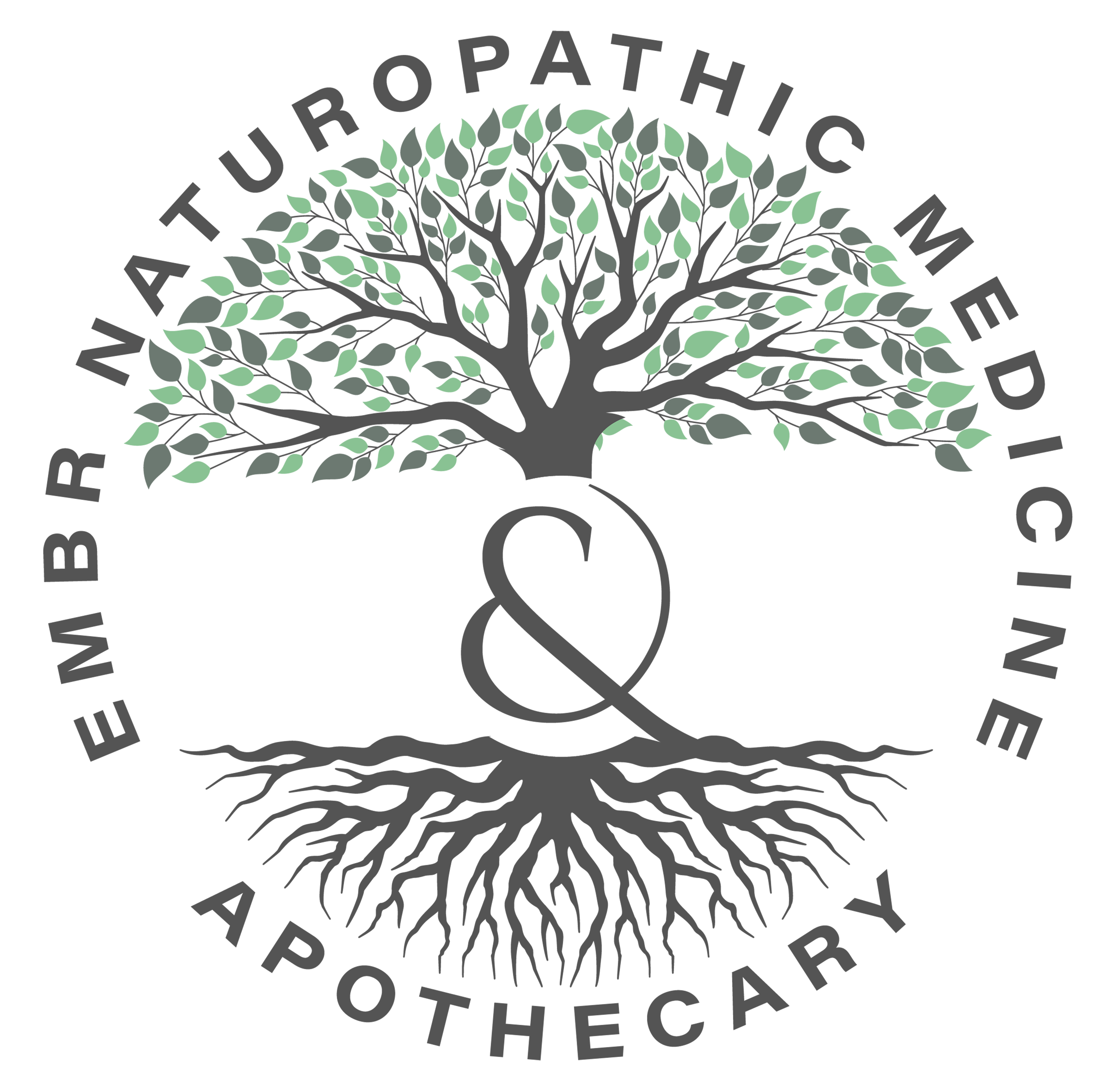Why is it important that we dedicate some time to deepen our awareness of chronic pain? Well, because so many of us live with it, to varying degrees of severity, while still struggling to get through our day-to-day lives. We still have to go to work, pay bills, take care of our kids / loved ones, cook, clean, and keep things running as smoothly as we can. However, many of us struggle with the debilitating pain in silence, and it does not need to be this way!
Shout-Out to Pain Sufferers:
Let’s take a moment to provide some well-deserved kudos to all of the moms, dads, sisters, brothers, grandparents, sons, daughters, and everything in between, who have ever struggled in their daily lives due to any level of pain!
Nerves To & From the Brain:
What we know about pain is that we have sensory nerve fibers in the peripheral nervous system (e.g. arms, legs, trunk) that send pain signals to the brain, while our motor nerve fibers send movement signals from the brain to the muscles in our bodies. When our sensory nerves pass through the thick network of muscle fibers and connective tissue, they can become compressed and strangulated, leading to damage and pain.
Body Mechanics:
When we hold postures repetitively and for prolonged periods of time, such as when we play the violin, when we study or work on the computer, when we carry a bag over just one shoulder, or when we sit with our legs crossed, what happens is that certain regions of our myofascia become shorter or more constricted than other areas. This can, in turn, create pressure on the regions where the tiny branches of your sensory nerves are trying to make their way through this extensive cobweb-like mesh of connective tissue, which can then lead to pain.
The Importance of the Respiratory Diaphragm:
How many of us are chronic breath-holders / shallow breathers? What happens when we don’t use our respiratory diaphragm to breathe functionally is that instead of our abdomen and lower ribcage moving in a downward and outward direction, which allows for full excursion of this thin muscle all the way down with every inhalation, and all the way back up with every exhalation, is that our diaphragm just stops moving. When this happens chronically, and for long enough, it essentially becomes ‘stuck’. Why is having a ‘stuck diaphragm’ not so great? Because your respiratory diaphragm is essentially the roof of your abdominal cavity. It actually spans the entirety of your lower ribcage, from the front where your sternum is, all the way around the back, to your spinal vertebrae. Sitting just beneath your diaphragm are your stomach, liver, spleen, and other important organs; however, more important than all of this are the extensive interconnected layers of fascia and abdominal viscera (i.e. Saran wrap) throughout your abdominopelvic organs and intestines. This is why when you have a ‘stuck diaphragm’, you can end up having GI distress, stomach reflux, changes in bowel habits, and even pain conditions in your pelvic organs. Because it is all connected!!
We Have ‘Mirrors’ in Our Body?
Here’s another cool thing; try this out: pinch the thick muscle in your hand between your thumb and index finger. Is that tender? Now push down on the muscle in the similar location between your big toe and second toe? Is that also tender? It’s not a coincidence, and here’s why. Our arms and legs / shoulder girdle and hip girdle are essentially mirrors of one another. Do you have pain in your neck / upper back / shoulders, as well as in your low back / hips / and upper & outer gluteals? How cool is it that our myofascia is so interconnected from the crown of our heads down to the soles of our feet that the fascial chains are intricately connected throughout their entirety? This is not just unilateral either, but has many complex crossing patterns in varying areas of the body, as well! The myofascial tension lines are very similar to acupuncture meridians, as well!
Come See for Yourself!
If you suffer from pain, and are interested in experiencing a treatment of a combination of myofascial release and perineural injection therapy (PIT), to assist in breaking up your myofascial adhesions and the constrictions being placed on your nerves, please give our clinic a call to inquire further!
